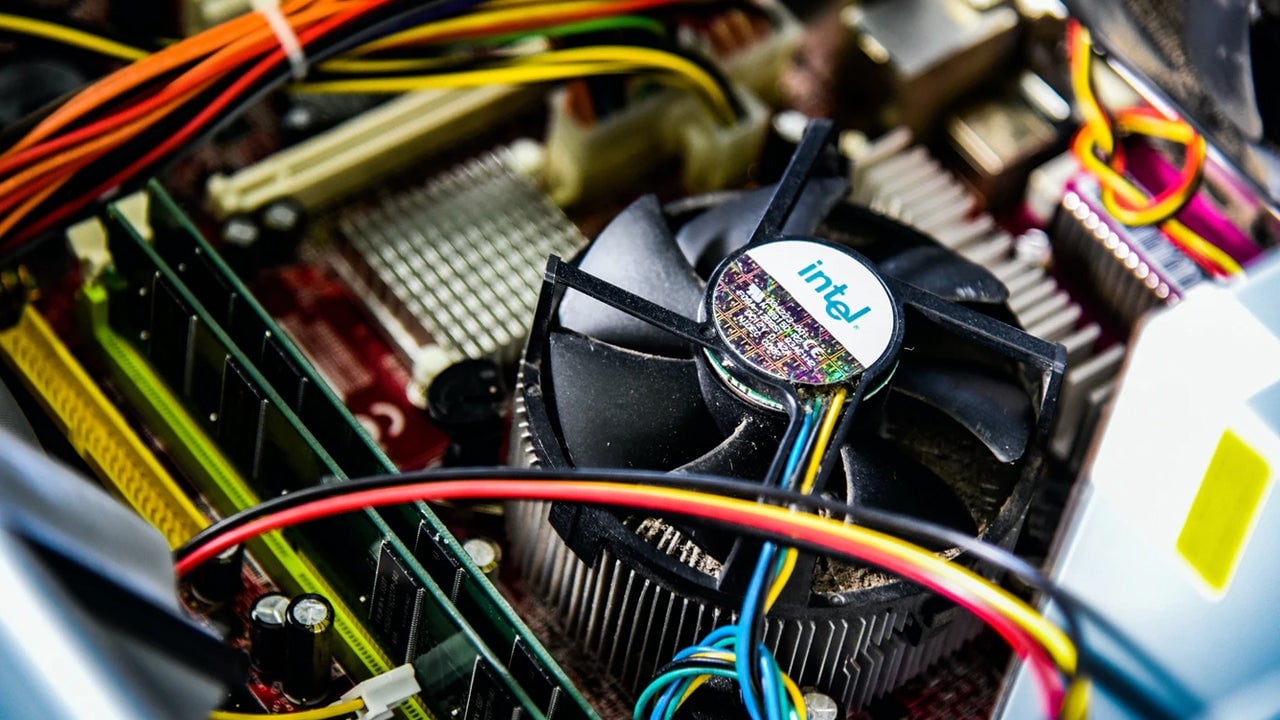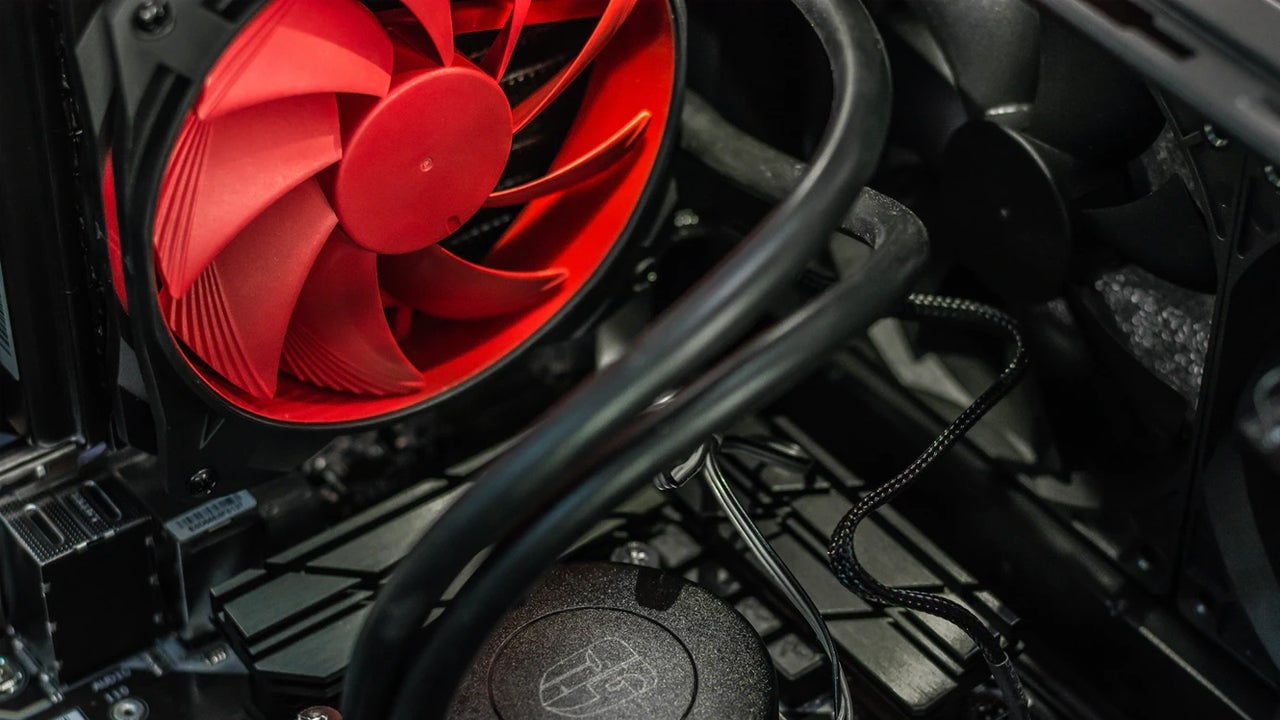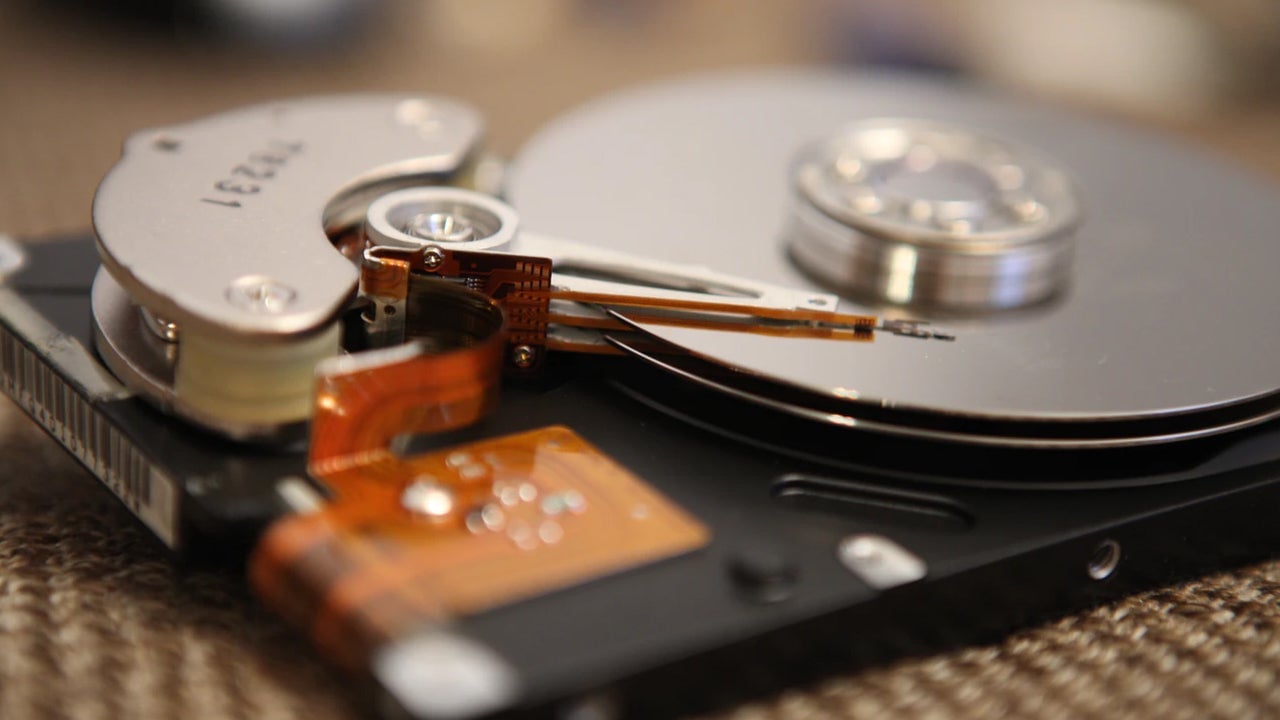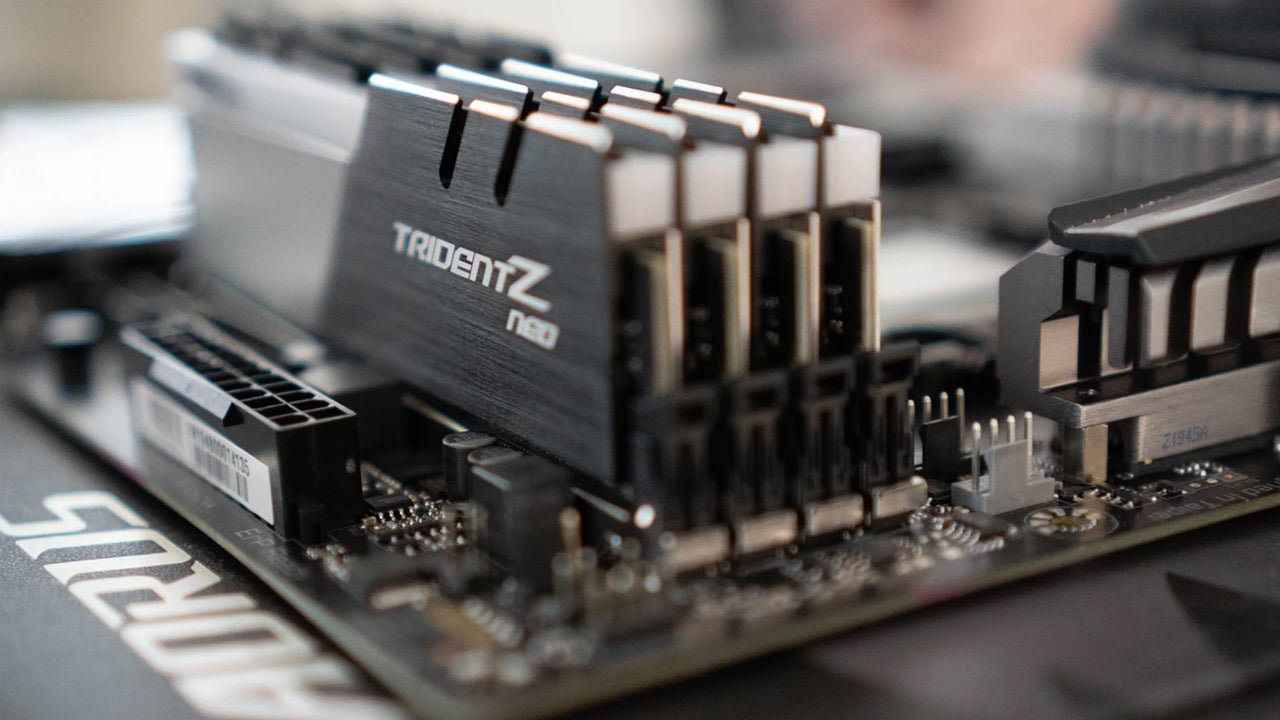Computer Running Slow? Here's What You Need to Put an End to Infuriating Hangups Once and for All
You hover over one tab and Chrome starts pinwheeling. The spinning circle of doom comes to attack your productivity at the top of every half hour. Your mouse cursor decides to take a quick smoke break because it can’t be arsed to follow a mere misguided human. And that link you clicked that definitely turned purple, but did absolutely nothing? Been there, done that.

You hover over one tab and Chrome starts pinwheeling. The spinning circle of doom comes to attack your productivity at the top of every half hour. Your mouse cursor decides to take a quick smoke break because it can’t be arsed to follow a mere misguided human. And that link you clicked that definitely turned purple, but did absolutely nothing? Been there, done that.
Suggested Reading
You’re not alone. We’ve all lived through the trauma of a slow ass computer. I personally think it’s all part of a sadistic universal AI-driven plot to piss you off at least once a day. And that’s all it can do … until the robots finally stand for their rights.
Related Content
A slow PC can feel torturous, especially now that we’re all working from home without access to an on-demand tech department. And let’s be real: You knew Jim from IT wouldn’t be able to fix your issue—otherwise, he would have done so after dozens of support calls. (Just admit you used those tech calls as a sly excuse to take an extra breather, you slacker you!)
Before you go and spend hundreds or thousands on a whole new build, let’s talk about some inexpensive things you can try that’ll help speed up your aging PC. Some of these suggestions are specific to desktop computers, as you can’t exactly install case fans inside a laptop—not any I’ve seen, anyway—but much of these are feasible measures for either form factor.
Grab your screwdrivers and let’s get to it!
Improve the Airflow in Desktop PCs

Believe it or not, physically cleaning your PC is just as much about performance as it is aesthetics, if not more. With too much dust, air doesn’t flow as freely as it normally would, thus raising your internal temperature and causing your graphics and application processors to whimper like a dog sticking its tongue out in 100-degree weather.
One of the very first things you should do to help an ailing PC along is to clean up all the dust. The inside can make your stomach turn if you haven’t done it in a while, but with a can of compressed air, you can just blow most of it away. (Be sure to put on one of those face masks you’re stockpiling!)
This eight pack from Dust-Off is only $17, which is more than enough cans to cover even a few of your dust buckets.
If things still seem too toasty, you might benefit from installing another case fan or two, especially if you have a lot of heat-producing components inside.
While we’re on the subject of thermals, your CPU needs its own special tender love and care. Use a temperature monitor app and reference your CPU’s spec sheet to make sure it isn’t spiking out of control. If it is, you might need to replace the CPU cooler.
You can install a simple fan cooler like this brown 120mm Noctua that’s most likely leagues more effective and attractive than whatever it shipped with, or go for an all-in-one water cooling unit if you want to maximize its potential.
Whatever you decide, don’t forget to apply more thermal paste when making the switch!
Upgrade Your Hard Drive for a Cheap Speed Boost

PC taking forever to boot up? If you haven’t already, you should put your Windows, Mac, or Linux installation onto a solid-state drive. With considerably more speed and reliability than the mechanical ones, my computer boots from cold to desktop in just over 10 seconds, and you’ll enjoy noticeable gains for launching apps and games. Many consider an SSD to be the single most effective upgrade in terms of both cost and performance anyone can make to improve their PC’s speed.
If you have the funds and means for it, an M.2 NVMe SSD like this $80 500GB stick from Western Digital’s Black brand is the latest in flash-based storage, featuring a simple slot connection to your motherboard and faster speeds than their SATA-based counterparts. You need to ensure your PC’s motherboard has an M.2 slot, which many from the past few years should, but it’s worth checking before you pull the trigger.
You can still benefit from SSD performance if you don’t have an M.2 connection, or if you’re on a tighter budget. SATA SSDs connect to your motherboard the same way standard ones do, and while not quite as fast as NVMe drives, they’ll still run laps around the older technology. This 240GB drive from Kingston comes highly rated and fits both laptops and desktops for $35. It’s big enough to hold your system and a handful of your favorite massive games.
You Might Need New RAM

If you’re running into hiccups, consider giving your RAM situation a look. While you can get by with as little as 8GB these days, I wouldn’t exactly call that comfortable.
Google Chrome users are most at risk. Have you ever opened the task manager with even just a few tabs open? Depending on how many extensions you have installed, it can devour massive chunks of memory. And that’s not to mention what the system needs to do its thing, plus all the other apps you’re using.
A bump to 16GB does wonders for improving overall performance, especially if you’re coming from a single channel 8GB stick. It gives you ample headroom for multitasking between several beefy apps, dozens of Chrome tabs included.
Why not more? You’re certainly free to use more, but you’ll see diminishing returns at some point. Folks who need more than 16GB are usually working with heavy multimedia editing and rendering software and other resource-intensive applications, but if you’re just working with spreadsheets, playing some Spotify or YouTube on the side, and gaming, you might not ever hit your ceiling with 16GB. Plus, your motherboard may not even support that much, so don’t just go buying 64GB of RAM all willy nilly without considering your limitations.
More than capacity, though, you’ll want speed. With newer CPUs, and assuming you’re shooting for the fastest consumer standard in DDR4, the general rule of thumb is you want at least a 3,000MHz clock speed. Most people settle on 3,200MHz or 3,600MHz (CL 16-18) and they’re in great shape, but this mostly boils down to your budget and needs.
RAM modules work best when installed in pairs, or dual channels, so as long as your motherboard supports it (and you’ve done your due diligence to determine this is an upgrade you actually need), grab a pair of speedy 8GB DDR4 sticks and see if it can’t kick things into another gear. You can always add another two sticks later if you need more, preferably of the same kind.
You’ll need a smaller kit if you’re on a laptop.
Keep the Software Tidy, Too
Once upon a time, antivirus software used to be more detrimental to your PC’s performance than the viruses it hunted down. Thankfully, after years of collective community complaints, developers have slimmed these security suites way down and they’re much less taxing on the system, so I can actually recommend one with a straight face. Keeping your PC clean of malware and viruses can help it remain breezy over the long haul.
McAfee carefully straddles the line of user experience, effectiveness, price, and optimization. There’s an impressive feature set, too, with options like built-in VPN for power users. Just $20 to cover three devices for a year, run a McAfee scan at least once every couple of months to keep your system’s gears well-oiled.
If you’ve tried everything you can and it still feels bogged down, a fresh installation of your operating system might be in order. Grab a copy of Windows 10 here if you need a license.
